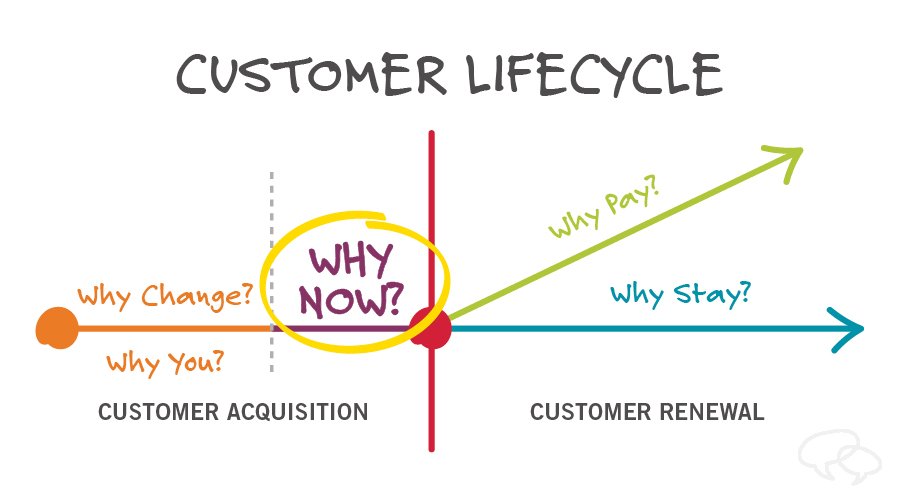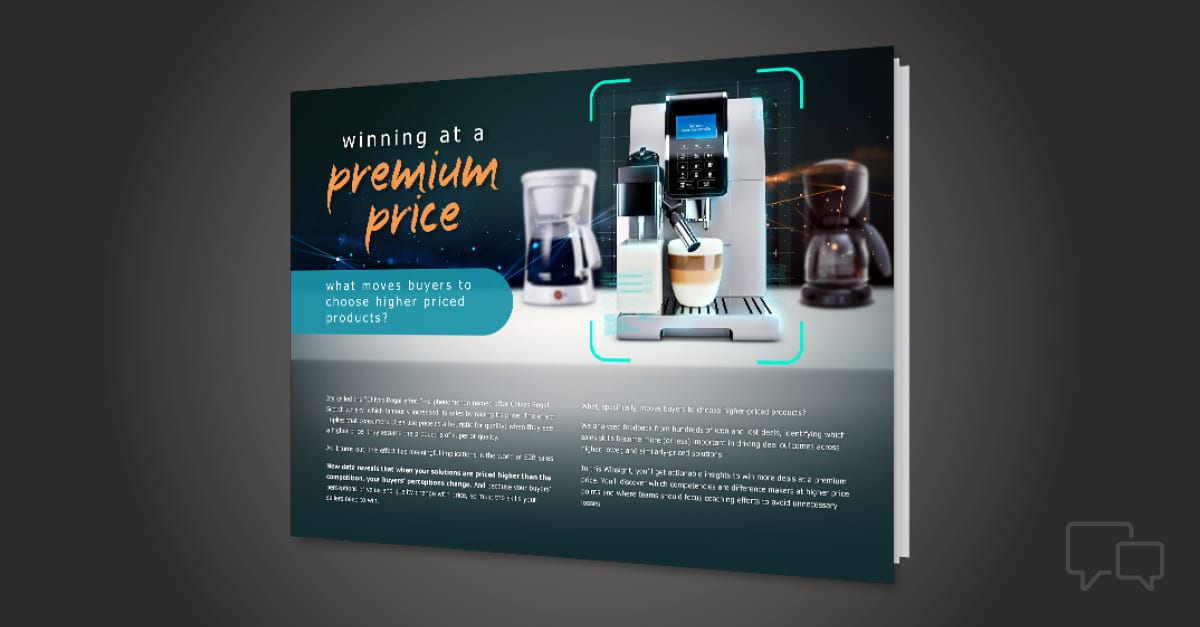
Or, why salespeople are struggling to create urgency with executive and financial buyers
The biggest threat to the health of your sales pipeline isn’t necessarily the competitors in your industry. In fact, there’s a good chance it’s stuck deals that fizzle out into “no decision.”
It’s one thing to get beat out by a competitor who out-marketed and out-sold you. But to lose to buyer inertia? Ouch. Unfortunately, “no decision” happens a lot in B2B sales. And it happens because many salespeople are not up to speed in the competencies they need to make a bigger impact with the decision-makers who matter most: That is, executive and financial buyers.
If it seems like executive buyers would rather defer decisions than make them, well…you can hardly blame them. There’s ample evidence suggesting that most of the salespeople they deal with lack the competence and confidence to engage them on their level, linking their executive-level business initiatives to the value of your solutions.
In fact, a recent Corporate Visions industry survey found the majority of companies aren’t satisfied with their ability to tell an executive-level story or craft a business case that creates urgency and helps justify a decision. More than two thirds of companies (67 percent) say they’re underperforming at getting executive-level prospects to buy now rather than later, while only 39 percent are confident in their ability to build a meaningful business and financial case to justify a decision.
So, if your deals are stalling out or you’re getting delegated down to decision-makers with less buying clout, it’s not because your most influential prospects don’t want to change—it’s because salespeople haven’t made a good enough business case for doing so.
“Why Now?”
The message that gets executive decision-makers to feel the urgency to buy now is what we’re calling the “Why Now” story. It’s a business-focused conversation salespeople need to master to secure buy-in from your most important prospects and customers.
Findings from a pair of analyst firms also reveal a major need for a tested and proven “Why Now” message framework. And, they shed some light on why so many proposals get stuck in the pipeline.
SiriusDecisions found that executives value business expertise four times more than conversations about products and services. On the other hand, Forrester Research found that executive buyers believe 88 percent of the sales professionals they encounter are knowledgeable about their own products and services, but only 24 percent are knowledgeable about the buyer’s business (think market trends, business issues, and the financial metrics that inform buying decisions).
Together, these data points tell you something pretty alarming about many sales conversations with executive buyers: today’s sellers are four times less likely to be good at the types of business conversations that executive buyers value four times more.
In other words, there’s a stark disconnect between what executive buyers are demanding from salespeople (i.e. business conversations) and what they’re actually getting from them (product presentations). This creates what I call a “business value gap” that undermines your credibility and threatens your ability to create a compelling and urgent business case.
The failure to address this gap should be a warning call for sales leaders that it’s time to up-skill salespeople on the competencies they need to be effective in their conversations with executives. Ultimately, executing against those competencies comes down to “three Cs”:
- Salespeople must have the competence to understand the relevant external factors executives are dealing with, and how your prospects’ core business initiatives link to your business value, creating an executive buying vision.
- They also need to have the confidence to engage executive decision-makers on their terms, in a business conversation—not a product presentation
- Finally, salespeople must be able to make a compelling ROI justification that clearly illustrates business impact.
A tested and proven “Why Now” messaging framework will help salespeople (and marketers!) be more effective in these areas. In the second part of this blog, I’ll cover the brand new academic research we conducted with Dr. Nick Lee, a professor of marketing at Warwick Business School, that addresses the following question: What type of message creates the most urgency to get executive buyers to act now? The messaging approach, or “Why Now” framework, that stems from the study will help salespeople create more urgency with executives, so you can avoid the stalled proposals and “no decisions” that so often stand in the way of revenue success.
For part two of this blog series, which covers the results of the original previewed here, head here.






